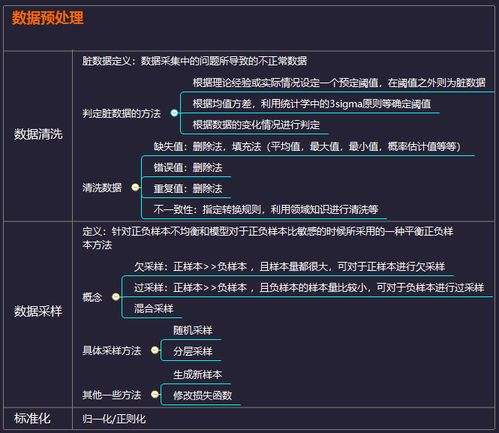ASP.NET MVC5 Workflow, Enhancing Application Development Efficiency
Understanding ASP.NET MVC5 Workflow
ASP.NET MVC5 is a powerful framework for building web applications using the Model-View-Controller (MVC) architectural pattern. One of the essential aspects of ASP.NET MVC5 is its workflow, which refers to the sequence of processes involved in developing and managing application systems. The workflow encompasses various phases, including planning, development, testing, and deployment, ensuring a structured approach to application development.
The significance of implementing a well-defined workflow in ASP.NET MVC5 cannot be overstated. A systematic workflow aids developers in maximizing productivity by streamlining their processes, thus reducing the chances of errors and enhancing collaboration among team members. Furthermore, a well-articulated workflow supports version control, making it easier to track changes and manage code effectively.
Components of ASP.NET MVC5 Workflow
A robust ASP.NET MVC5 workflow typically comprises several key components that facilitate the development process. These components include:
- Models: Represent the application’s data and business logic. Models in MVC5 enable developers to separate the logic from the UI, promoting a cleaner design.
- Views: Display the user interface, allowing users to interact with the application. Views play a crucial role in ensuring a seamless user experience.
- Controllers: Handle user input and interact with the model to render the appropriate views. Controllers manage the flow of application data, acting as intermediaries between models and views.
- Routing: Defines the URL patterns and maps them to corresponding controllers. This is essential for facilitating navigation within an MVC5 application.
Each of these components integrates seamlessly within the workflow, enabling developers to maintain a cohesive structure throughout the development process. Moreover, understanding the interrelation among these components is essential for creating efficient and effective web applications.
Implementing Workflow in ASP.NET MVC5
To implement a successful workflow in ASP.NET MVC
5, developers should focus on creating a detailed plan that outlines the project’s objectives, milestones, and timeline. This initial phase is critical, as it sets the groundwork for the entire project.
Next, developers should follow agile methodologies, such as Scrum or Kanban, to streamline the workflow. These methodologies emphasize iterative development, client collaboration, and responsiveness to change, allowing for flexibility and continuous improvement throughout the development cycle. Additionally, leveraging tools such as Git for version control and issue tracking can significantly enhance the workflow by ensuring that all team members are on the same page regarding project progress.
Furthermore, incorporating automated testing into the workflow helps to quickly identify and rectify issues, enhancing the overall quality of the application. Continuous Integration/Continuous Deployment (CI/CD) practices can also be adopted to automate the deployment process, ensuring that code changes are consistently tested and delivered to production swiftly.
In summary, understanding and implementing a structured workflow in ASP.NET MVC5 is crucial for the successful development of web applications. By leveraging the frameworks and methodologies outlined in this article, developers can improve efficiency, reduce errors, and foster collaboration among team members, ultimately leading to a higher quality product.





